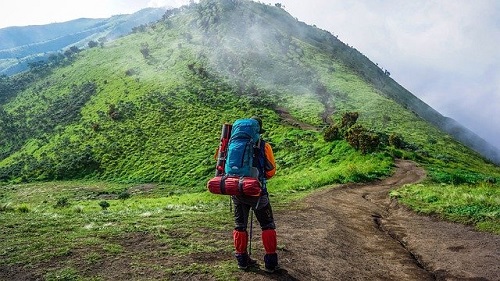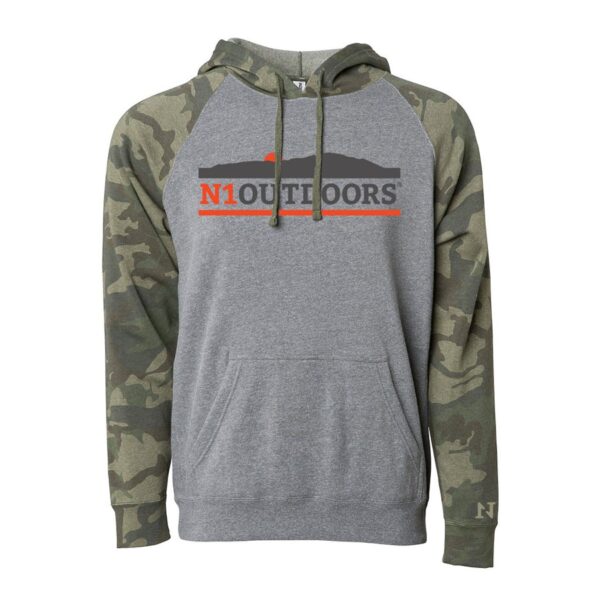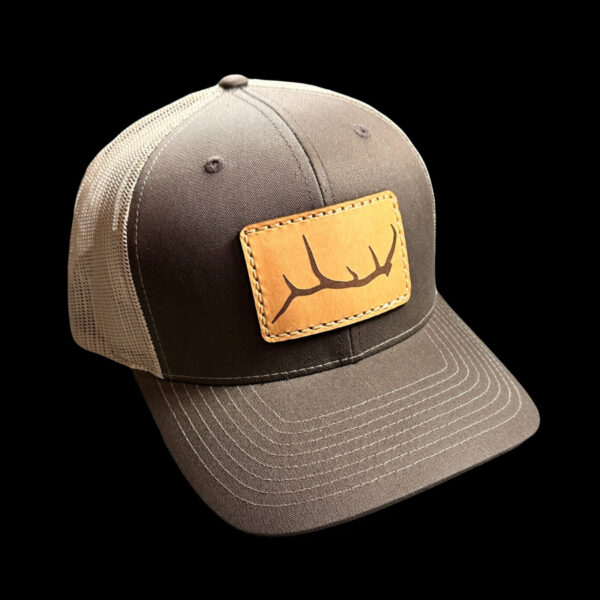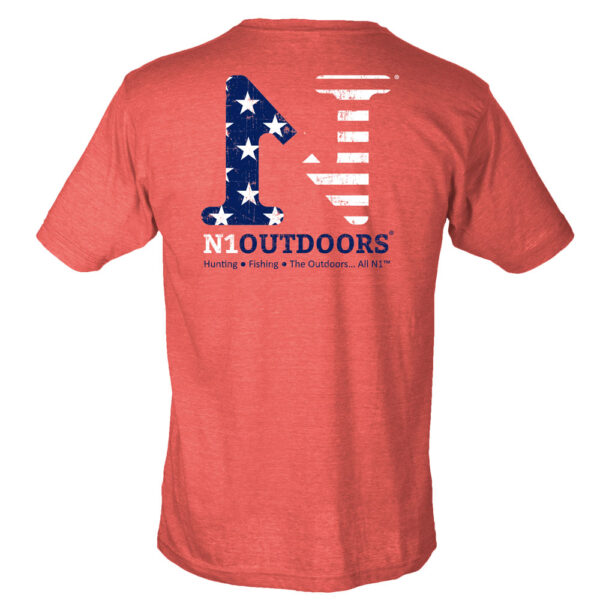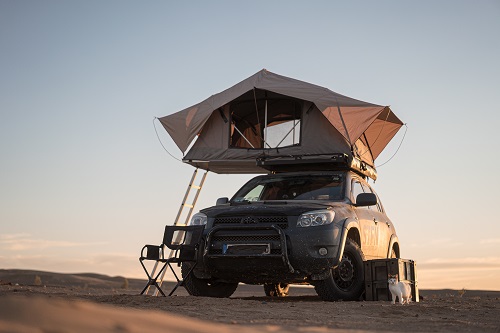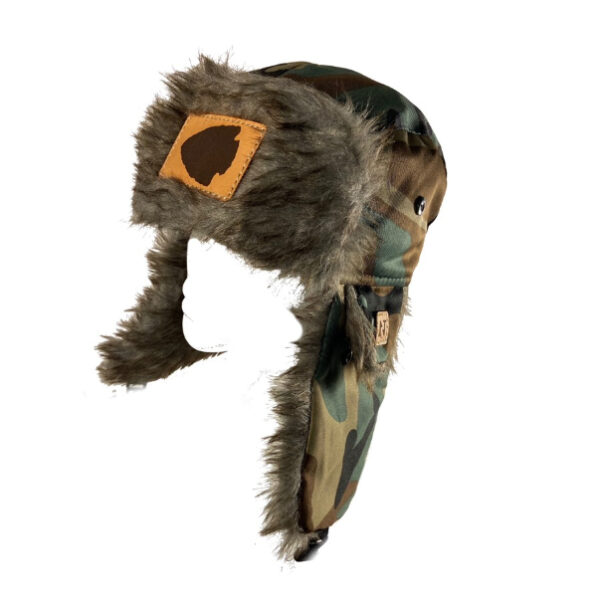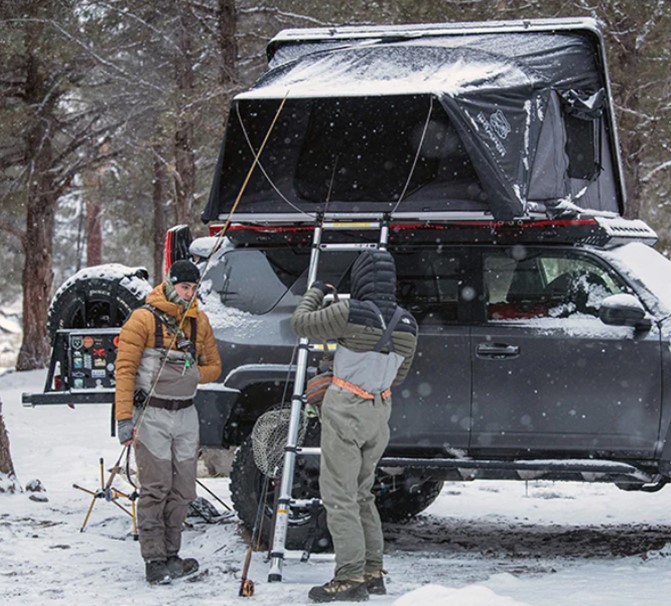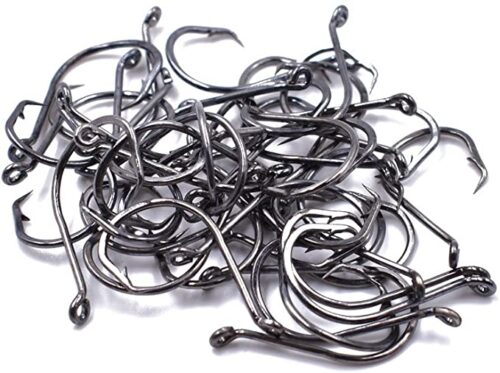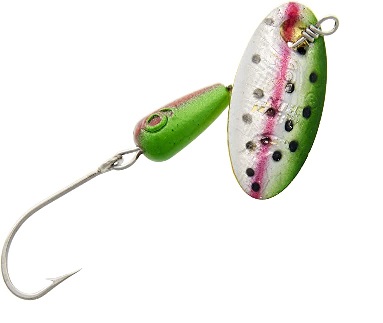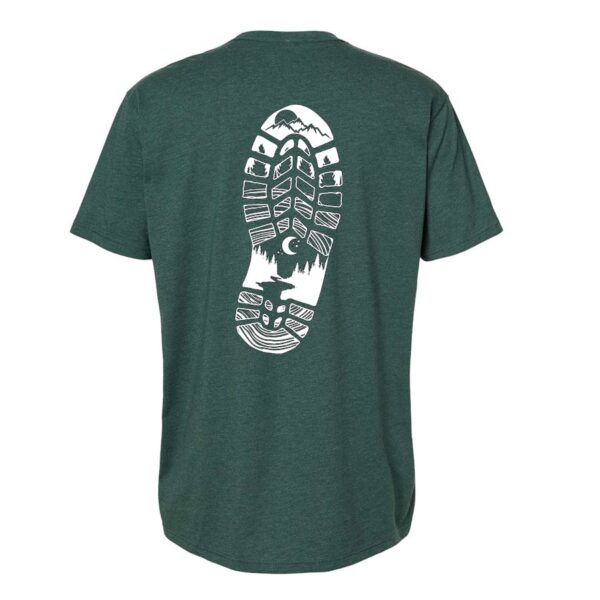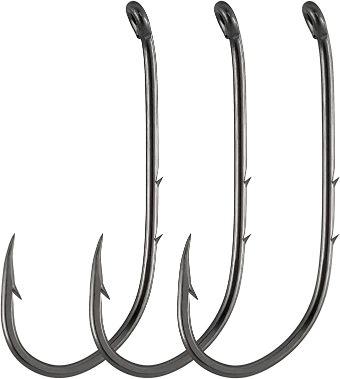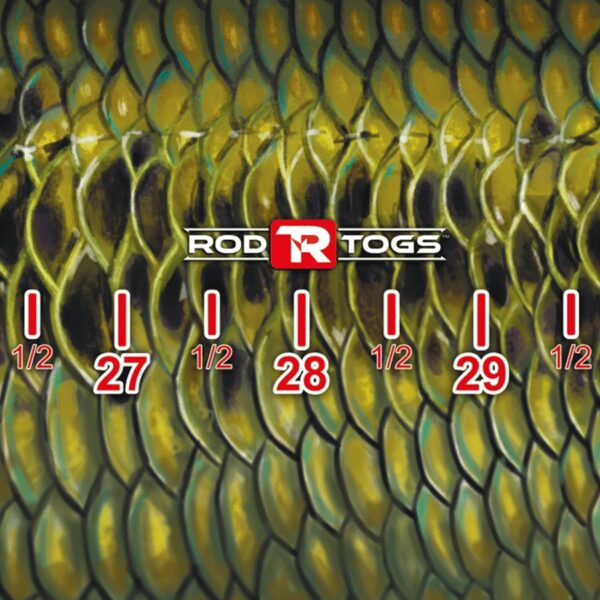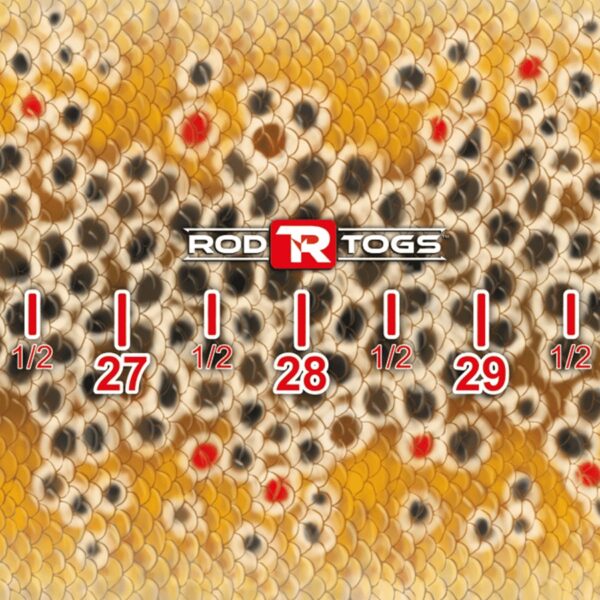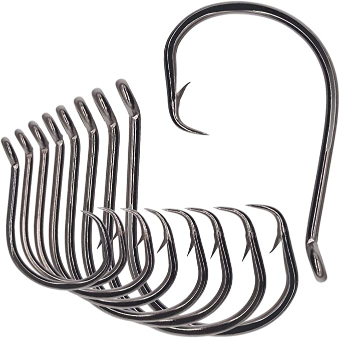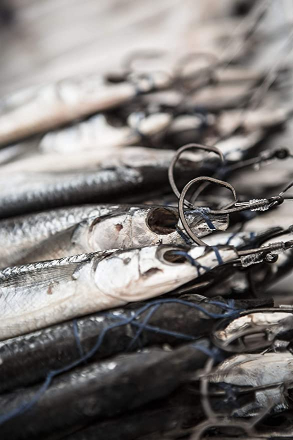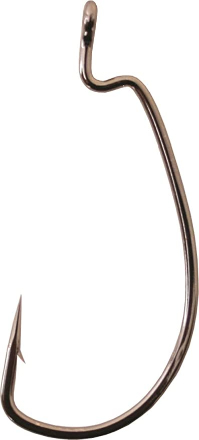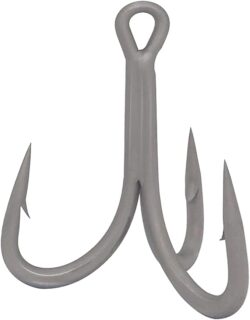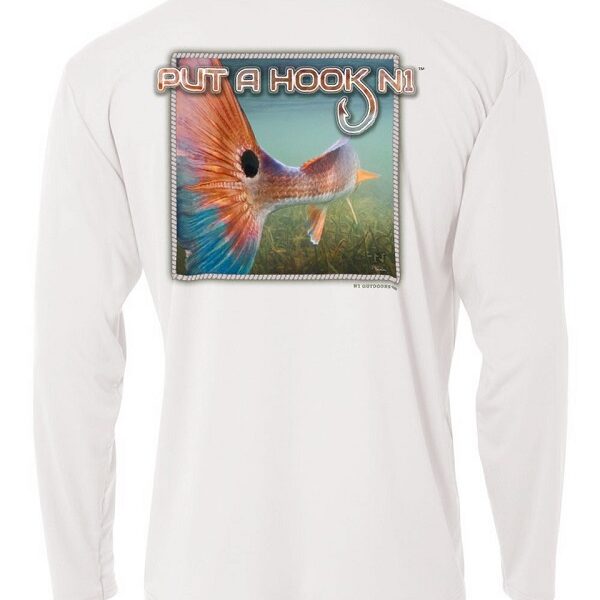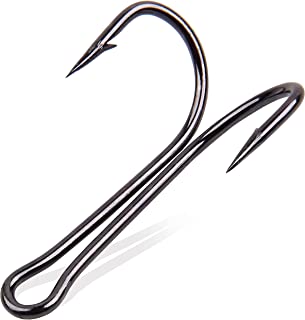Whether you want to unwind by going off-grid or just get away from civilization for awhile, you should take a survival kit and there are certain things that should be included in it to ensure safety, comfort, and a better chance of survival.
You need to ask yourself, what would I do in a survival situation?
Why You Need A Wilderness Survival Kit
Survival kits are not just for folks who love to explore the wild. It’s also a bit of an insurance policy.
Do you have all it takes to survive? For a survival kit to be effective in a life or death situation, it must include certain things. Aside from essentials like shelter and food, there are other items that could sustain you for months if you use them sufficiently.
- Water and filtration
- Rifle
- Food
- Shelter
- Light
- Communication Device
- First Aid
- Clothing
- Knife
- Map and Compass
What you’ll need in your Survival Kit
So, let’s take a look at some things you should consider including in your wilderness survival kit:
Water And Water Filtration
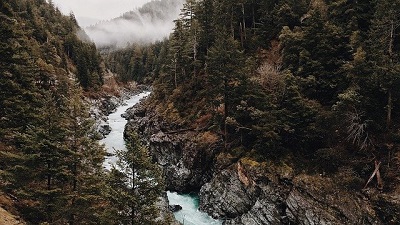
In a survival scenario, a stream may be a welcome sight, but that doesn’t mean it’s necessarily clean water…
Water is a big deal in terms of survival in the wild. In fact, it’s absolutely critical. You have to assume that in a survival situation, it could be difficult to find clean water in the wilderness. Should you find water and be unable to boil it, you will wish you had a water filter.
In addition, you should consider buying water disinfectants. When you find water in the wild, there is always the possibility of parasites and bacteria currently living in it. It’s a good idea to have iodine tablets to ensure the water you will be drinking will be safe.
A Rifle
Having a rifle with you in the wild promotes a better sense of security, and the effectiveness of a rifle shouldn’t be downplayed.
Almost any survival rifle can put down a medium-sized game, and is not large enough to ruin a small game. In addition, you can bag about 50-100, or even 500 rounds of ammo for your rifle in your survival kit without occupying much space, as a larger caliber would.
Having a rifle with you in the wild increases your security, but getting a larger once comes at the expense of space in your survival kit.
Survival Meals
While in the wild, you are not always assured of encountering wild game, should you need food. In this case, having a supply of freeze-dried survival meals always comes in handy to help sustain you.
Freeze-dried meals are available in most stores; however, clean water must rehydrate and make them edible.
Shelter And Sleep
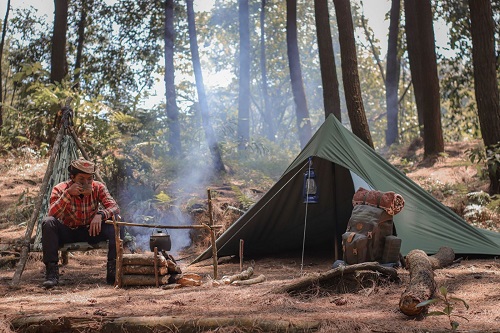
The need for shelter in extreme weather conditions makes a tent a must-have survival item.
You should have a tent to sleep in if you’re going to sleeping outdoors and it should be able to fit into your backpack. Understand that an emergency shelter tent may not last long enough in extreme weather conditions, but it will mostly protect you from the rain.
Be sure to do some research and choose the right tent for your adventure.
These type tents are small-sized, lightweight, and easily foldable, so they can be carried along with you.
Also, there is the Life Tent, which is an emergency tent that you can easily set up with rope to secure a quick, safe spot to seek shelter from the rain and sun.
Headlamp

A headlamp is a simple, yet extremely important component of any wilderness survival kit, allowing you to keep your hands free for other tasks when light is low.
If you don’t have a headlamp while in the wild, you have overlooked a simple, yet critical component of a survival kit. The headlamp is a must-have item for those who camp or explore in the wild.
The importance of having a headlamp to illuminate dark and cloudy nights cannot be overstated. A headlamp with an elastic strap, or one that clips to your hat, will allow you to have your hands free to do other tasks that require your attention in a survival situation, such as cooking at night or early morning, or working on a vehicle when light is low.
A headlamp with 550 lumens light is able to light up about 135 meters.
Communication Device
During times of survival, if at all possible, it’s a wise decision to keep in contact with other people.
In a survival scenario, a shortwave radio with solar power can be essential in making urgent calls. These radios are an excellent purchase to include in your survival kit and can often be used as a led light, charger, and radio.
First Aid Kit
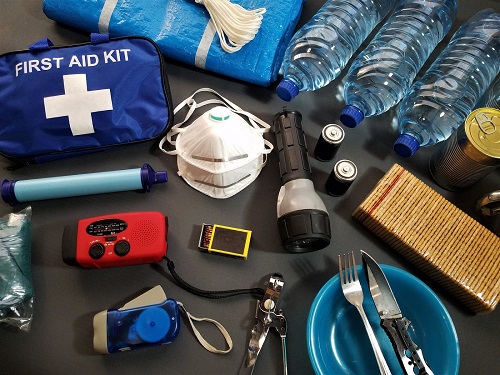
A First Aid Kit may be a no-brainer for a survival kit, but it needs to have the right items in it.
While in the wilderness, you absolutely need to be sure you take a first aid kit with you and be knowledgeable about its contents and prepared to use them, if needed.
First aid is a crucial survival kit item that should be available at all times. You should be sure your first aid kit is stocked with essential items, including pressure dressing, to reduce bleeding, should there be an injury that needs attention.
Clothing And Footwear

When venturing out into the wilderness, be sure you have the appropriate clothing items in case you find yourself in a survival situation.
As a survivalist, you should ensure you have the right outdoor clothing. Having a comfortable pair of shoes should help you walk faster and easier. Additionally, wearing sunglasses and a hat will help protect your eyes a from the sun.
Also, waterproof boots will help you more easily navigate through rivers and streams while in the wilderness.
Long sleeves also come in handy in protecting yourself from insects as well as sun. Also, moisture wicking socks will help keep your feet dry. You should also put on gloves to avoid blisters and insects, as well as provide protection from extreme hot and cold weather as well as hot objects.
And, while some may not consider a watch part of your “clothing,” having a durable one like the military G-Shocks watches is a big-time bonus in a survival situation. They’re built to last, and can withstand the elements. Some even have solar power.
Survival Knife
In the wild, chances are, you may be required to do some “cutting” chores, so a quality and reliable knife is a must-have item for your survival kit.
You should get yourself a high-quality knife or a multipurpose tool that includes a knife in it. Your survival knife should be capable of skinning wild game, as well as cutting through and sharpening sticks. An excellent survival knife must be sharp and strong to easily cut through these tough materials.
Map And Compass
In times of survival, you shouldn’t entirely rely on GPS, because the device you are using may not function properly. So, you should also carry a local map and compass along with you in case you get lost.
Maps and compasses are lightweight items, so they won’t take up much space in your survival kit.
Having a map and compass with you in the wild is a means to an end. Be sure you are familiar with map reading and compass navigation before you set out exploring!
Final Thoughts On What You Need In Your Survival Kit
This might seem like a lot of items to be carrying in a survival kit. Of course, it’s not a pleasant thought that you could face a life or death situation while exploring, hiking or camping, But, in terms of your survival in the wild, nothing should be taken for granted.
You should always pack a survival kit with you for your camping adventure. You should also know how to use every item in the kit and be physically and mentally able to use them if needed.
While there are certainly many other items than the ones listed that would be useful in a survival sitution, the ones mentioned above should not be overlooked.
Be safe out there!

